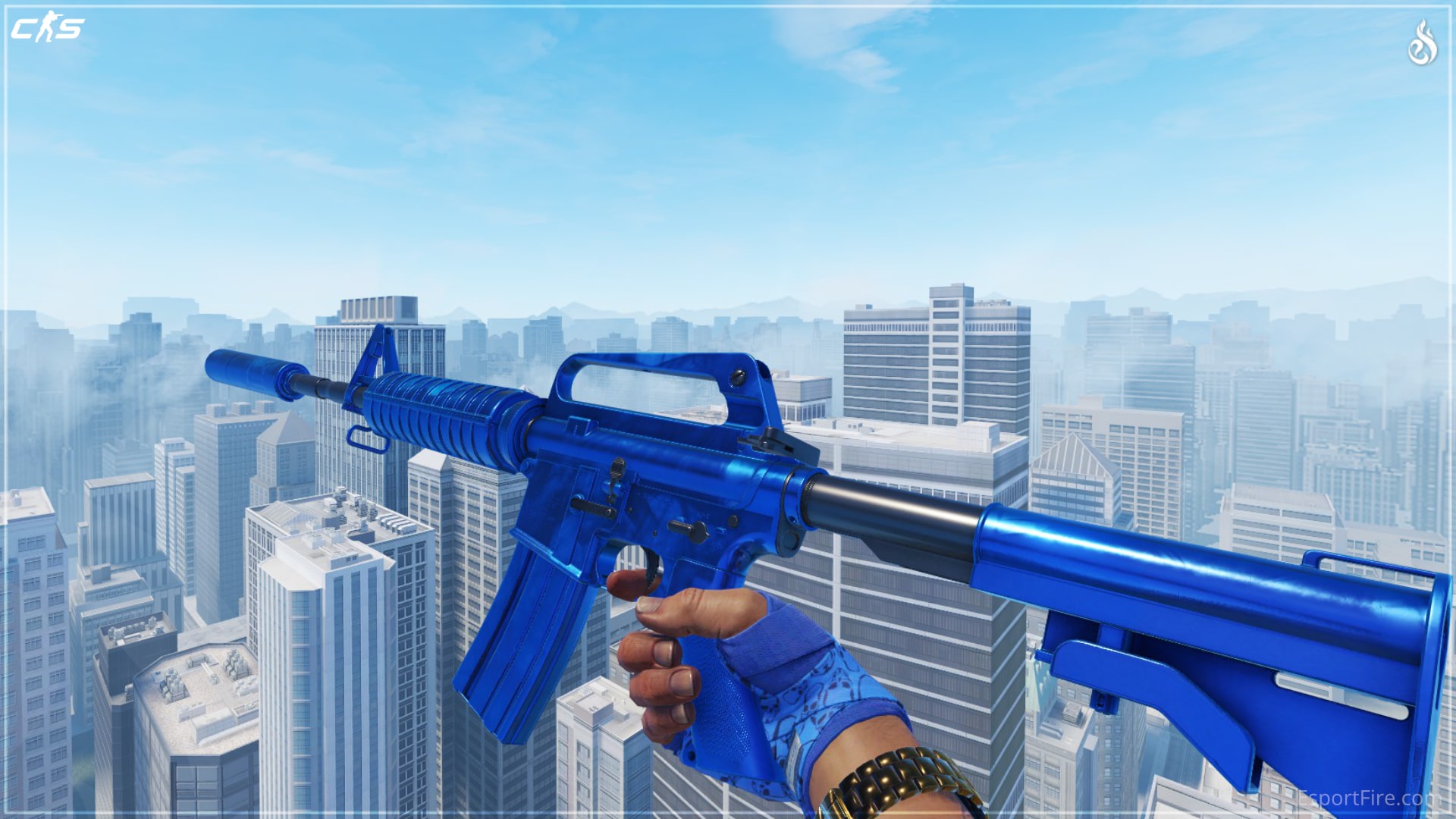BDP Engbu Insights
Your go-to source for the latest news and insights.
CS2 Weapon Skins: Where Style Meets Strategy in Every Pixel
Discover the ultimate guide to CS2 weapon skins! Unleash your style and enhance your gameplay with every pixel. Click now for exclusive insights!
The Evolution of CS2 Weapon Skins: A Journey Through Style and Functionality
The evolution of CS2 weapon skins represents a fascinating journey through the intersection of style and functionality in gaming. Initially, weapon skins in the Counter-Strike series were simple and primarily aimed at distinguishing player weapons. However, as Counter-Strike 2 emerged, a diverse array of skins began to develop, showcasing intricate designs, vibrant colors, and thematic elements that resonate with the gaming community. From minimalist styles to bold and elaborate artwork, the progression of skins reflects broader trends in gaming culture and player expression. These visual enhancements not only serve aesthetic purposes but also enhance the player's emotional connection to the game.
As we delve deeper into the history of CS2 weapon skins, it becomes evident that their functionality has also evolved alongside aesthetics. Earlier iterations of weapon skins did not significantly impact gameplay, but the introduction of skins with varying textures and finishes has created a new layer to combat mechanics. High-quality textures can affect visibility and perception during gameplay, as players adapt to different visual cues. Additionally, the rise of the marketplace has led to a robust economy surrounding skins, where rarity and demand significantly influence market prices, making them not just a visual enhancement but a strategic asset for players. This blend of style and functionality has ultimately transformed weapon skins into a pivotal aspect of the CS2 experience.

Counter-Strike, a popular first-person shooter video game series, has captivated players with its competitive gameplay and team-based mechanics. Many players enjoy customizing their experience, using various cs2 surf commands to enhance their game and explore new maps. The game's strategic depth and community-driven content have contributed to its lasting appeal in the gaming world.
How to Choose the Perfect Weapon Skin for Your Playstyle in CS2
Choosing the perfect weapon skin in CS2 is not just about aesthetic appeal; it significantly influences your gameplay and reflects your personal style. One of the first steps in this decision-making process is understanding your playstyle. Are you an aggressive player who prefers close-quarters combat, or do you thrive in long-range engagements? For aggressive players, vibrant and eye-catching skins can boost confidence and aggression, while more subdued, tactical designs may benefit those who favor a stealthy approach. Consider creating a checklist of your playstyle traits and matching them against available skins to find the right fit.
Another crucial factor to consider is the skin's popularity and resale value. Some weapon skins gain value over time and can be a worthy investment. Conduct brief research on trending skins within the community and utilize trading platforms if you're looking to swap skins or make a profit. Additionally, pay attention to user reviews and gameplay videos to see how certain skins look in action—this can help you determine if a skin aligns with both your aesthetics and functional needs. By combining your playstyle with the economic aspect of weapon skins, you can ensure that your choice enhances not only your visual experience but also your overall performance in CS2.
The Impact of Weapon Skins on Gameplay: Are They Just Cosmetic?
The introduction of weapon skins in video games has sparked a lively debate within the gaming community. While many players regard these cosmetic enhancements as mere cosmetics, there is a compelling argument to be made about their influence on gameplay. For instance, in first-person shooters, a distinctive skin can enhance a player's confidence and sense of individuality, which may lead to improved performance. Furthermore, weapon skins can serve as a form of recognition among players, marking achievements and status within a game community.
However, equating weapon skins solely to cosmetics overlooks their potential impact on gameplay dynamics. Some skins may inadvertently affect a player's visibility in the environment, with certain colors camouflaging against backgrounds better than others. This can lead to tactical advantages or disadvantages depending on choice. As such, while the primary function of weapon skins is indeed aesthetic, their texture and design can influence the underlying mechanics of the game, making them more than just a superficial enhancement.